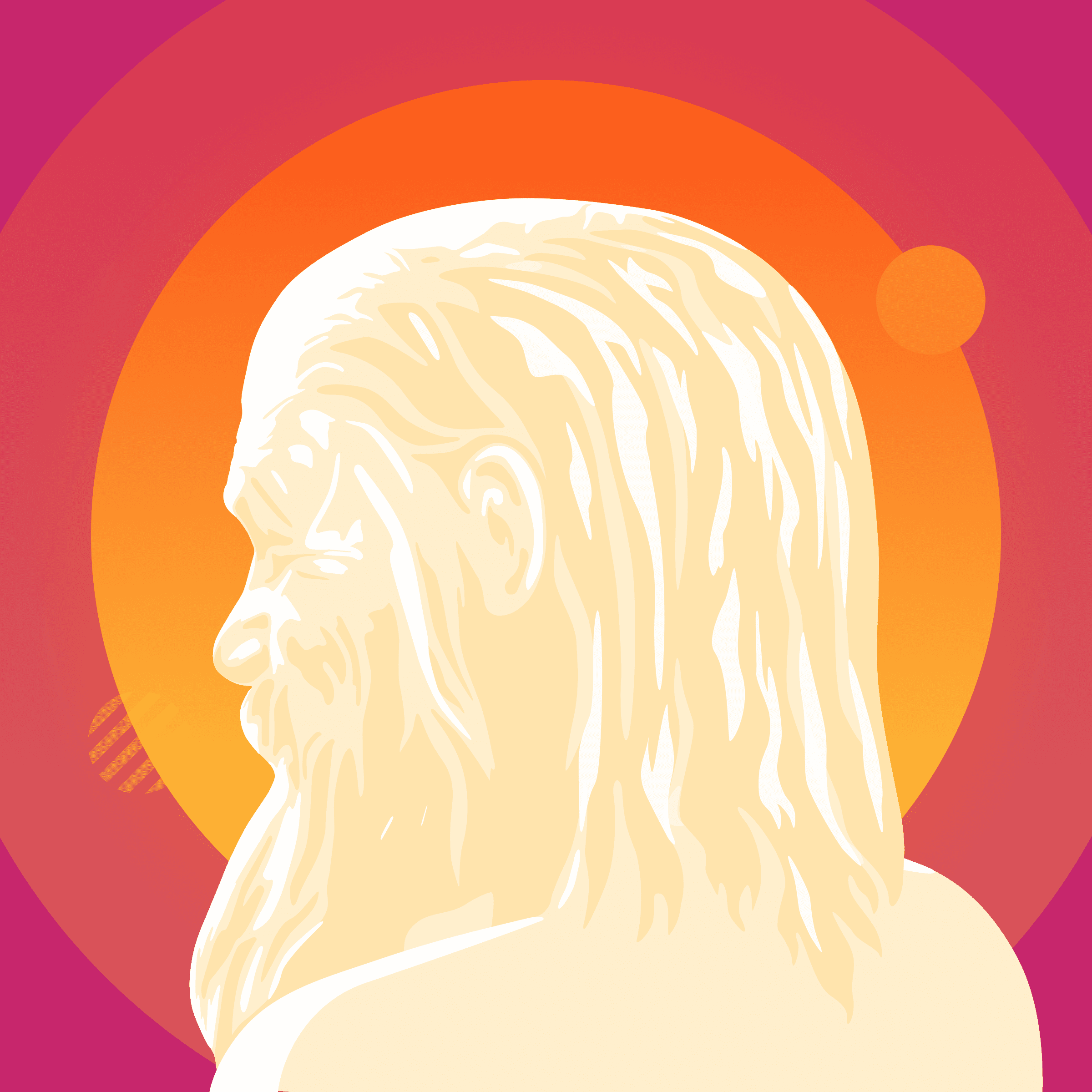Hikers found his body 30 years ago lodged in the ice, still clad in his leather pants, with a flint blade tucked into a wicker sheath, his copper ax, arrows, and bow strewn about him. Adorning his skin were 61 tattoos, and lodged into his left shoulder was the arrowhead that ultimately killed him.
He was nicknamed Ötzi the Iceman because of the location where his 5,300 year-old mummified body was found in the Tyrolean Alps along the border of Italy and Austria. Ötzi’s life and death have intrigued scientists since being found on September 19th, 1991. Recently, Ötzi’s genome offered additional insights into life in ancient Europe after researchers conducted a more in-depth sequencing of his DNA in 2023.

Historical Matches
In honor of this new study and the 33rd anniversary of the Ötzi’s discovery, 23andMe+ Premium members using “Historical Matches” can now learn if they might be connected to Ötzi through their DNA. Ötzi’s genome indicates he likely had darker skin, brown eyes, and was balding and that he was genetically related to the waves of people who migrated into Europe from Anatolia during the Neolithic Period (starting around 7000 BCE) and brought with them their knowledge of farming.
Historical Matches allows members to determine if they are connected to Ötzi or Beethoven or one of more than 450 other lesser-known historical people across the globe. The technology works by identifying places in your genome where you share identical DNA, inherited from a shared ancestor—possibly one who lived long before you or your historical match—creating a new way to learn more about your connections to the past. 23andMe will continue to add figures like Ötzi as they are published, offering customers more opportunities to connect their stories to past epochs.
“We are connecting you to real people from real places and times in history who had real lives,” said Éadaoin Harney, Ph.D., a 23andMe population geneticist and an expert on ancient DNA who was instrumental in creating the Historical Matches feature. “These are real genetic connections, so we want to tell you the real stories of those individuals.”
Ötzi’s Genome
Ötzi’s story ended with his death at the hands of another. But discovering his body and all he carried offers scientists a rare glimpse into the people who lived in Europe during the Copper Age (5000-2000 BCE). It’s rare to find a body so well preserved from that long ago–more than a thousand years before the ancient Egyptians began practicing mummification.
Ötzi’s genetic information also offers some surprises for scientists. His closest genetic relatives are not the present-day people of the Tyrolean area. Instead, he is most closely related to the inhabitants of Sardinia, an island off the coast of Italy. That’s not because Ötzi was Sardinian. Instead, it is because of the unique history of the inhabitants of this Mediterranean island, and early human migration.
There were three primary waves of early human settlers in Europe, early hunter-gatherers, farmers from Anatolia, and herders from the Eurasian Steppe. The first hunter-gatherers were the first to arrive in the region over 10,000 years ago. Later, during the Neolithic period (starting around 7000 BCE), farmers from Anatolia migrated into the area. This group mixed with the local hunter-gatherer population. Then, during the Bronze Age (around 3000–2500 BCE), herders from the Eurasian Steppe migrated into the region. They brought Indo-European languages with them.
Over time, these three genetically distinct populations mixed. Most present-day European populations descend from all three groups. However, the final migration of Steppe herders didn’t make it as far as Sardinia. Thus, the genetic makeup of present-day Sardinians most closely resembles that of the early European farmers.
Ötzi lived in Europe before the Steppe migration. His genetics led researchers to believe he likely belonged to one of the early European farming populations, which explains why he appears most genetically similar to present-day Sardinians.
Find out more
Many 23andMe customers will learn that they share a genetic connection to Ötzi via this shared ancient European farmer ancestry.
Connected or not, we’ve all learned more about human history through the discovery of his body and what he left behind. You can now visit a museum in Bolzano, Italy, dedicated to Ötzi. There, you can learn more about his life and the insights gleaned from the discovery of his body.

Access to Historical Matches is among the many compelling reasons to join 23andMe+ Premium.
Join 23andMe+ (requires 23andMe account).




